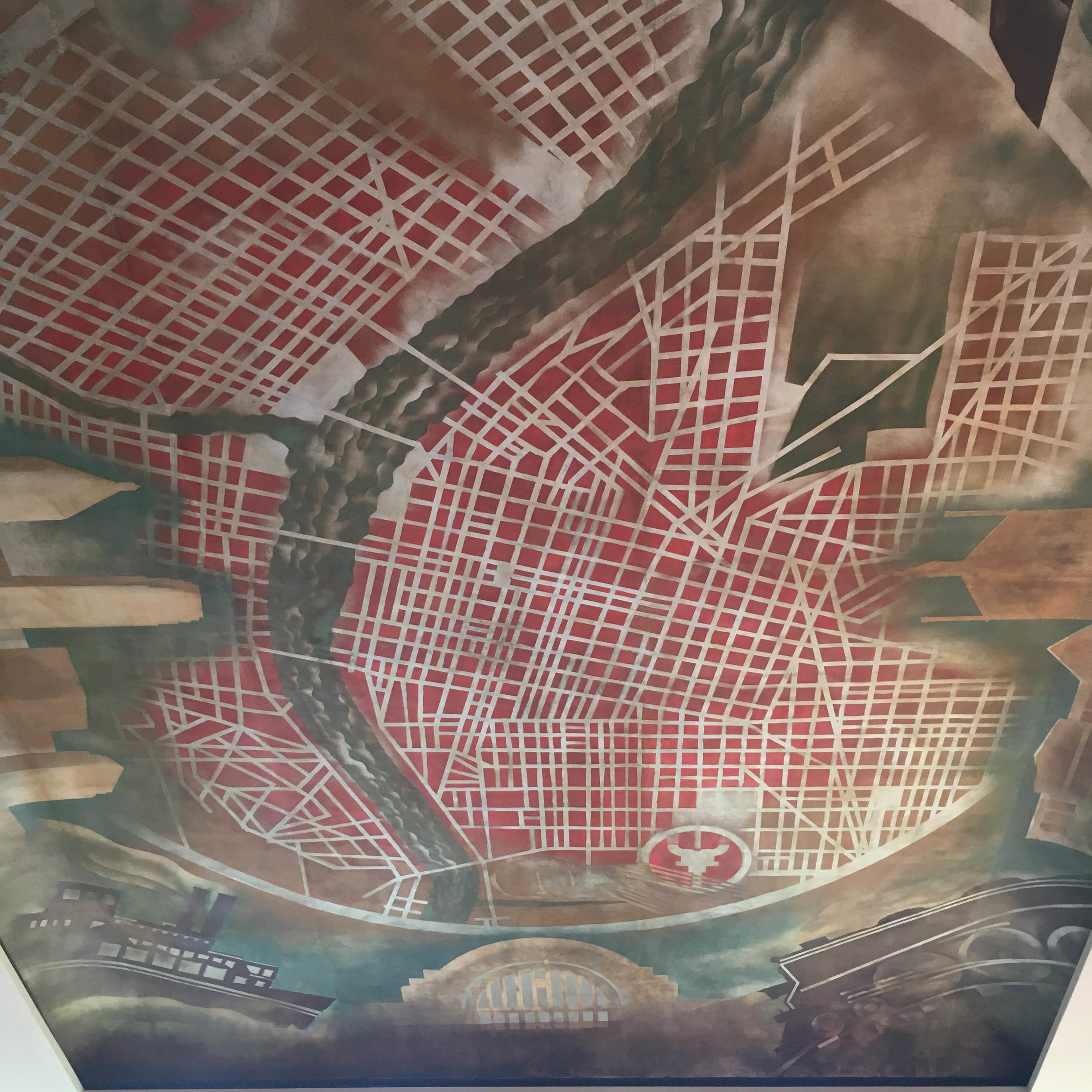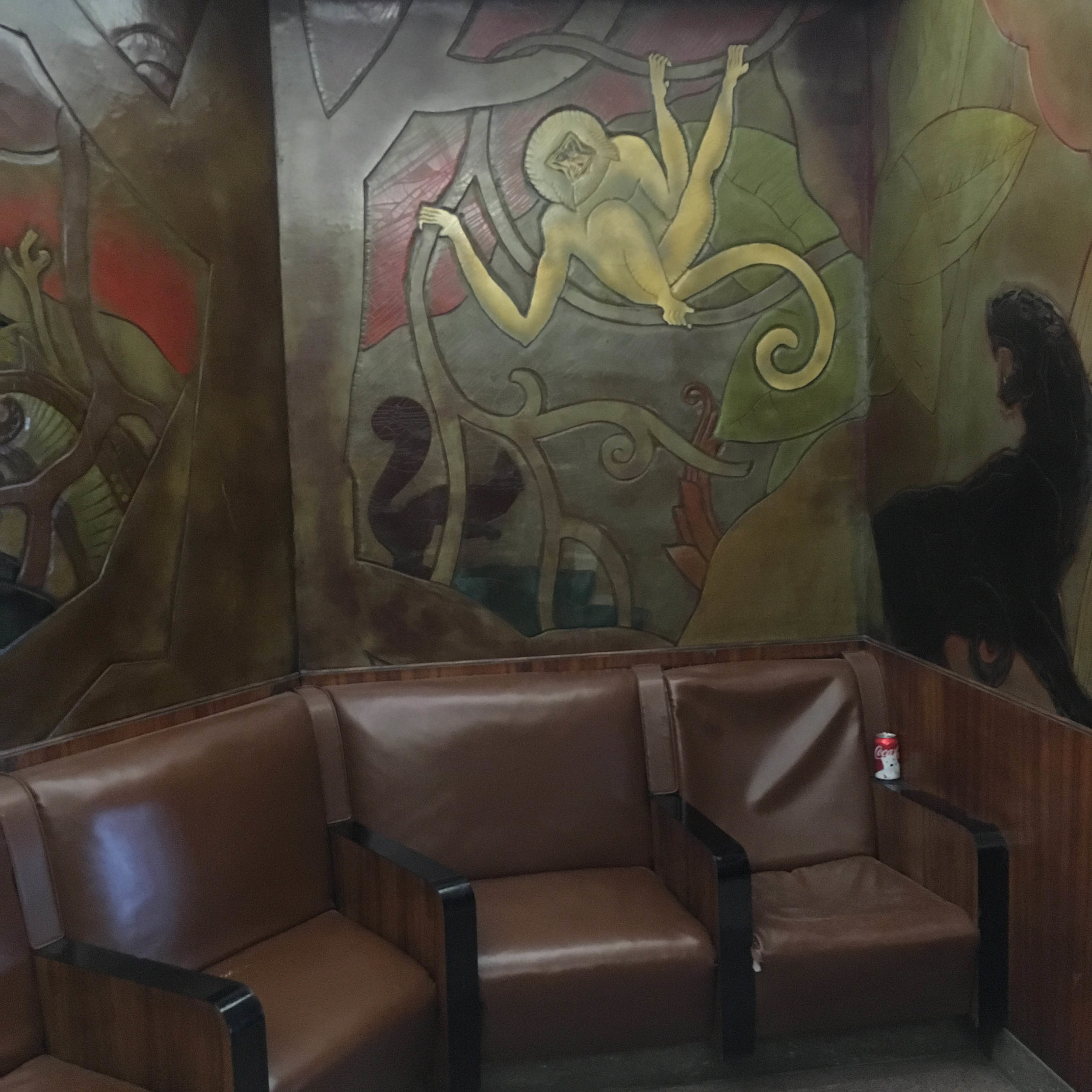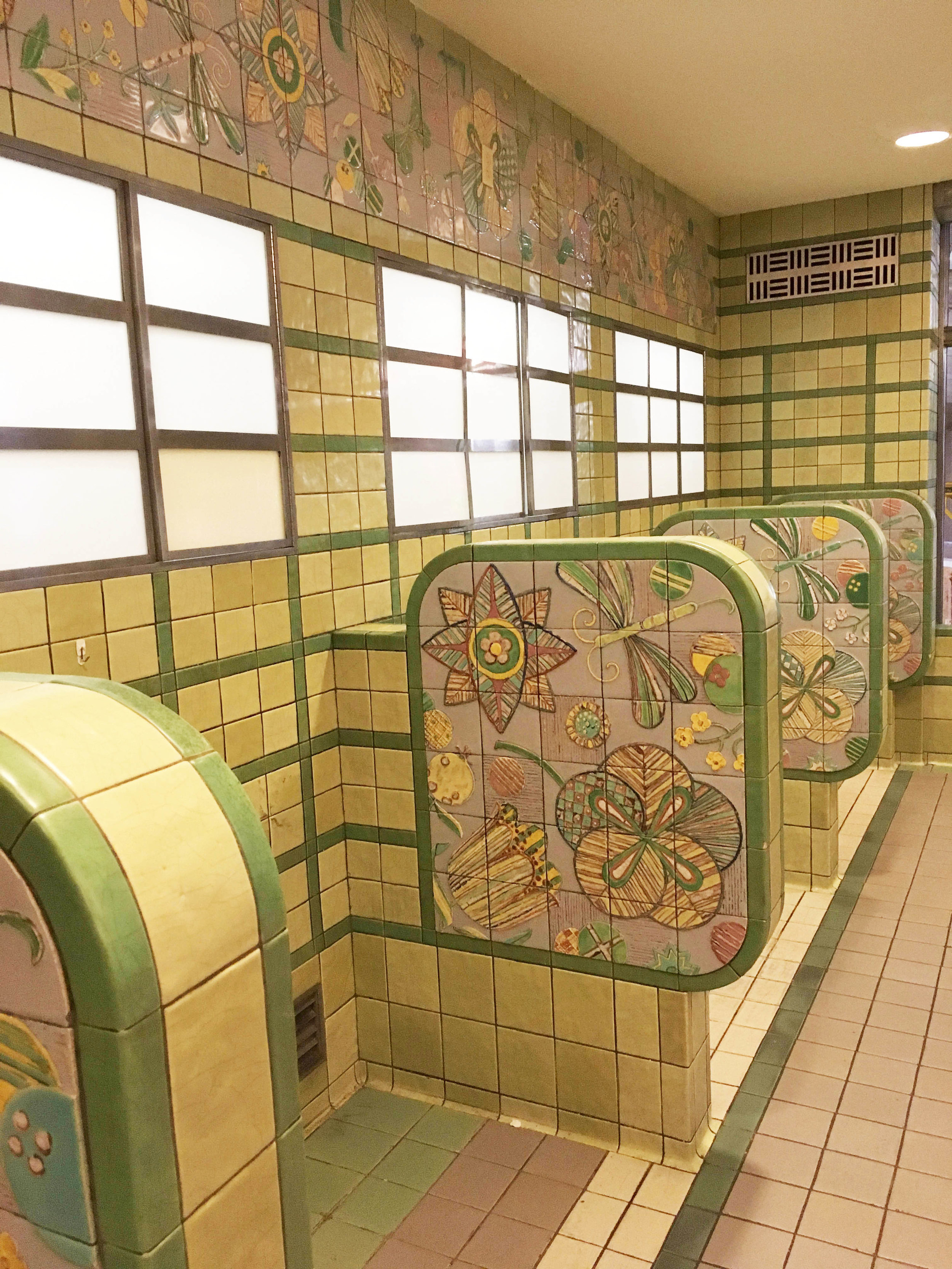Exploring NYC: from Nolita to Harlem
When I lived in NYC, I spent almost every Saturday and Sunday just wondering around. I figured the best way to learn about the city was by a combination of train to a new neighborhood and by foot once I got there. I wanted to spend my birthday the same way.
Plantshed: the retail experience of coffee, plants, planters, flowers, and all the lovely things.
What’s one of my favorite places to explore outside Cincy? New York City! I used to live in the city back in 2012, so every opportunity to go back—even if for a day—I take it. And since you my birthday happened to be around the time we were in Connecticut visiting family, I figured I’d add an extra day to our trip and spend my birthday in the city.
When I lived in NYC, I spent almost every Saturday and Sunday just wondering around. I figured the best way to learn about the city was by a combination of train to a new neighborhood and by foot once I got there. I wanted to spend my birthday the same way. I first met up with a former colleague at the wonderfully designed Mediterranean restaurant Dez in Nolita.
Entry mat to Dez. They really nailed the branding.
Bar area, complete with handmade-look subway tile and plenty of plants.
Parsons-style communal table with detailed legs. We’re also a fan of the cluster of light fixtures above,
Geometric tables and booths add a contrasting element to the otherwise neutral space.
Have you ever seen a cuter trash and recycling area? Yeah, me neither.
Next, we continued walking around Nolita, popping into and out of the small retail shops that line the streets. After a bit of shopping, we stumbled across Plantshed, a plant shop, flower shop, and coffee shop all in one. Genius. Plus it was well designed and had great coffee.
Plantshed | the most genius combination of retail elements.
Coffee bar with waterfall front and so many plants and flowers.
“Spread the plant love.” I fully support this mission.
Eventually, we stumbled upon the cutest of bookstores, Alabaster Bookshop. It was so small, packed to the brim, and had a lovely old book smell.
A colorful mural outside John Fluevog Shoes.
Hola | Oh, Hey.
Alabaster Bookshop. The last bookshop remaining on what was once Book Row on 4th Ave between Astor Place and Union Square. Book Row used to house 48 different bookstores!
After traveling back up to our friend’s apartment in the Upper West Side, we headed to Harlem for my birthday dinner. I lived in Harlem back in 2012, and although it’s a bit different than when I lived there (and I’m definitely not the only person expressing that sentiment), there are a few places in Harlem that are staples of the neighborhood and the people there. Sylvia’s has been in Harlem since 1962, serving authentic and delicious soul food. I first went to Sylvia’s on a high school field trip, went there a few times while living in the city, and couldn’t think of anywhere else I’d want to have my birthday dinner.
Sylvia’s | Soul food in Harlem.
Soul food | fried catfish, collard greens, mac n cheese.
Hope you enjoyed my mini tour of NYC!
The old and the new and plenty of street art.
Exploring Cincy: Cincinnati Shakespeare Company
Last month, we had the pleasure of joining IIDA CinDay for their Inspire Me Series tour of The Cincinnati Shakespeare Company. Our tour was led by members of the design team from GBBN as well as members of the Cincy Shakes team. Drawing inspiration from and paying homage to historical theatres such as The Globe Theatre, while keeping in mind the needs of today, Cincy Shakes displays a raw but refined attitude toward design and materials.
Last month, we had the pleasure of joining IIDA CinDay for their Inspire Me Series tour of The Cincinnati Shakespeare Company. Our tour was led by members of the design team from GBBN as well as members of the Cincy Shakes team. Drawing inspiration from and paying homage to historical theatres such as The Globe Theatre, while keeping in mind the needs of today, Cincy Shakes displays a raw but refined attitude toward design and materials. The reclaimed barn wood wasn’t added for a “farmhouse feel” but instead draws its inspiration from theatres past, many of which were constructed with found materials and whatever was readily available at the time of construction.
Our favorite design elements within the space were the layers and moments of discovery, when you, as the user, find something when you weren’t expecting to find it. Case in point, an old chandelier used in the new design above the mesh ceiling, or the names of Shakespeare plays in the risers of the main staircase. And let’s not forget about the bathrooms. We definitely judge an overall design based on the design of their bathrooms, and these bathrooms do not disappoint. Keeping scrolling to see some of our favorite photos, and if you haven’t been to Cincy Shakes yet, we highly suggest catching a show there soon!
Exploring Cincy: Union Terminal
On January 20th, we had the privilege of joining the IIDA-Cincinnati/Dayton chapter for a hardhat tour of the Art Deco beauty, Cincinnati Union Terminal, while it undergoes a massive $217.5 million ($160 million in construction alone) renovation.
Exterior renovation work at Union Terminal. Soon, the fountains will be taken out to repair the building below (which extends out to the oculi) before they are reconstructed.
On January 20th, we had the privilege of joining the IIDA-Cincinnati/Dayton chapter for a hardhat tour of the Art Deco beauty, Cincinnati Union Terminal, while it undergoes a massive $217.5 million ($160 million in construction alone) renovation.
For those of you not familiar with this Cincy icon, the massive building took 3 1/2 years to complete--from August 1929 to March 1933. The cost? $41 million. In today's world, that equates to a whopping $575-$589 million! The impressive scale of this building along with its attention to details are what makes this such an icon in our city. To learn more about the building, head over to http://www.cincymuseum.org/union-terminal
Check our some of our behind the scenes photos below:
Bottom of the seats in the newsreel theatre, where passengers would come to catch the news while waiting for their trains. Why is the bottom of the seat so interesting? This wire mechanism was used to hold passengers' hats while they waited.
The old lunch room at Union Terminal. The new design and renovation will be based on the original design. Small changes here are all new paint colors and new bulbs in the original fixtures (shown hanging above). Larger changes occur on the walls and floor. Along the left wall, where you see the lovely shade of green and tan, there used to be windows! Those windows will be reconstructed and placed. For the floor, new terrazzo will be installed and it will also outline the shape of the original U-shaped lunch counters.
Deco details. We love the attention to detail and materiality in Art Deco designs. Who knew vent covers could ever look so good?
A map of Cincy.. on the ceiling. Not only was the scale of this fresco impressive, but also the vivid colors. There's always red in Cincy.
This wall was found in a vestibule area outside a restroom. Again, those deco details, making even the simplest of waiting areas a little more exciting.
Union Terminal boasts an impressive amount of original Rookwood tile. Most people know this as the ice cream shop, but it was originally a tea room for the passengers. We love the bright colors and motifs in these tiles.
Rookwood tile detail from the tea room.
Since all the exhibits (about 90% anyway) have been removed for the renovation, it's a lot easier to understand the original functionality of the space. There were three vehicle entrances that dropped off (and subsequently picked up) passengers: the left (shown here) was used by taxi cabs; the middle was used by buses; and the right was used by trolleys. Vehicles would drop off their passengers, who would then walk up the sloped ramp to the main concourse. Vehicles would then proceed along the route, underneath the main concourse and exit on the south side of the building. The museum was previously split up into two large exhibit areas, one on the north side and one on the south side. Since the exhibits have been removed, we were able to walk this path, which greatly helped our understanding of the functionality of the building.
The view into the city from the south entrance of Union Terminal.
A map of the United States in the President's office. Each state was constructed from a wood indigenous to that state.
Another detailed design in the President's office. This design of Union Terminal in wood was truly beautiful.
A detail that speaks to the times. In the board room outside the President's office, these chairs boast a built-in cigarette holder and ash tray that flips and dumps the ashes into a cavity beneath.
Keeper of the keys. This key wall is just outside the President's office. The wall design also adds another layer of design and texture to the space.
We hope you enjoyed our photos of Union Terminal! It's truly an iconic building, not just to Cincinnati but to the larger world of architecture. We highly recommend getting a hard hat tour while it's under renovation and then visiting again once all the work is complete.
Cheers! xx







































